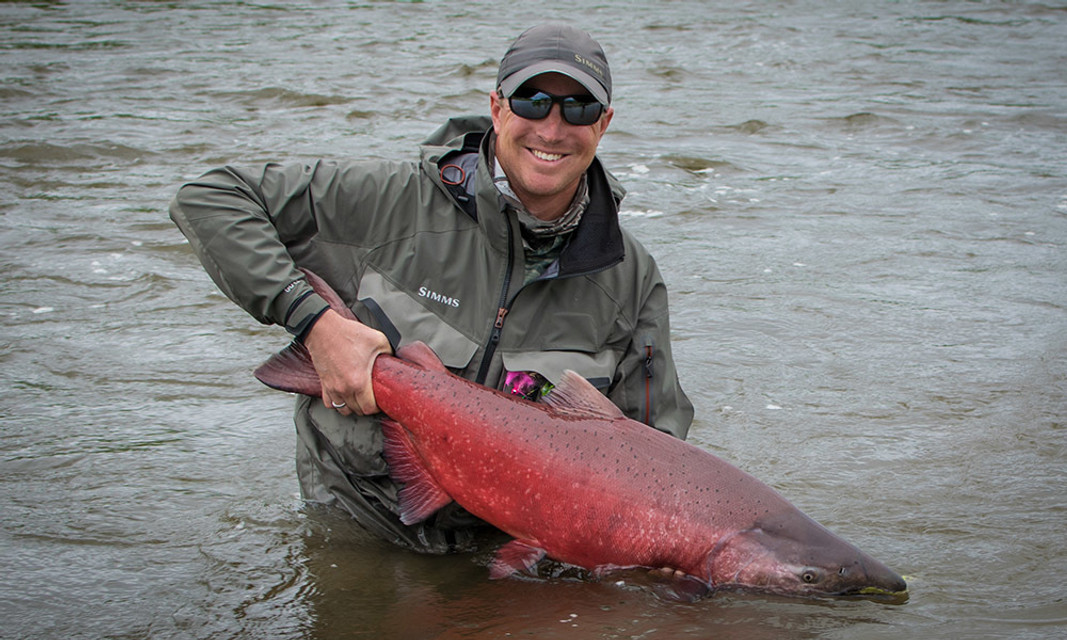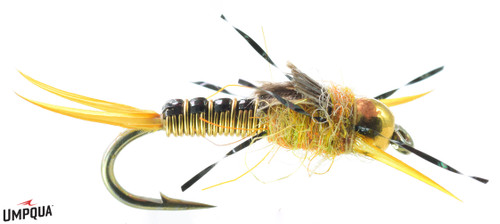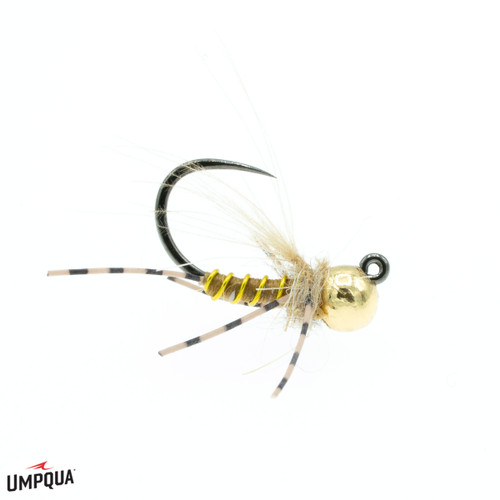One problem that doesn't exist in this world is a shortage of yellow sally patterns. So, what on earth possessed me to add to the myriad of effective patterns in existence? I needed one that I could skate through rough water, wasn't bulky, floated like a cork, but wasn't made of foam. Call me old fashioned, but I really don't enjoy tying with foam. I live in the land of foam bass poppers, yet I spin and stack deer hair bugs — it's just a personal preference. Foam is an incredibly effective material and some of my favorite patterns from renowned tiers are made out of the stuff. Honestly, I love a great foam hopper or ant as much as the next person. However, when it comes to my personal tying, I strive to get foam–like results by employing the use of natural materials, but with a slightly different twist. That being said, the Super Sally is simply a combination of some of my favorite tying techniques all wrapped up in a tiny stonefly package. As a tier, I tend to overplay my hand when it's necessary — in this case other–worldly flotation was required. I wanted everything on the fly to float except the hook and thread. The abdomen is made of a stripped hackle quill, which does not absorb water and adds a natural, segmented look. The underwing is blended and spun CDC, which in addition to its inherent flotation, is still highly mobile when at rest. The elk hair wing provides another degree of flotation and makes the fly easy to track. Finally, I had to keep the sally classy by spinning a hackle. The stiff barbs of the hackle keep the nose of the fly riding dry and allow it to be skated if the need ever arises. I trim the bottom of the fly flush so that it rides low. The Super Sally rides flush against the water's surface, but floats high and dry! The end result is a fly that looks a little different than the usual offerings and is insanely productive. This pattern has proven its effectiveness time and time again. I am sure that it will do the same for you!












